Integrating Limiting-Factors Analysis with Process-Based Restoration to Improve Recovery of Endangered Salmonids in the Pacific Northwest, USA
Abstract
:1. Introduction
- the complexity of natural systems,
- the limitations of contemporary scientific knowledge,
- the interplay of ecosystem degradation at multiple spatial and temporal scales,
- the relative ease of recognizing and solving purely symptomatic problems,
- the logistical and financial difficulty of taking actions at large spatial scales,
- the social urgency for taking immediate actions that show rapid results, and
- the visibility and appeal of discrete habitat-restoration projects.
2. Limiting-Factors Analysis
3. Process-Based Restoration
4. Case Studies
4.1. Reach Assessment along the Methow River
- Channel migration: Enhancement can be accomplished through the removal of artificial constraints to lateral channel migration (bank armoring, levees) and reconnection of floodplain features. The benefits are in allowing the river to re-occupy historical floodplain surfaces, expanding the seasonal availability of off-channel habitats to support juvenile salmon, recharging hyporheic flow pathways, promoting floodplain forest rejuvenation, and developing greater hydraulic (and thus habitat) complexity and nutrient flux within the reach (Figure 6).
- Riparian vegetation community succession: Enhancement can be accomplished by riparian forest replanting along riverfront properties secured through landowner grants, conservation easements or fee-simple purchase. Benefits are in providing increased inputs of terrestrial insects and organic materials, supporting the long-term recruitment of LWM, increasing riparian shade and improving bank cover along existing channel margins to improve juvenile foraging and cover/holding habitat.
- Hydraulic complexity within the main channel: Enhancement can be primarily accomplished through the long-term restoration of channel migration and riparian succession, but potential short-term enhancement can also occur through boulder-cluster and LWM placements. Benefits are in creating a greater variety of habitats for increasing juvenile rearing and foraging, facilitating adult holding and migration and providing a greater range of refugia during periods of high flow or high temperature.
- Protect remaining areas of intact in-channel habitat and riparian corridors from future human development or other disturbance: making use of conservation easements, purchase or other landowner agreements.
- Improve overall channel–floodplain connectivity: levee and revetment removal and beaver reintroduction.
- Reconnect relic side channel and backwater features: identifying areas where now isolated shallow backwater and recently active floodplain areas present opportunities to reconnect these features back to the main river (Figure 7).
- Enhance cool-water locations (e.g., upwelling areas, cool-water tributary junctions and off-channel/wetland complexes): such areas may be suitable for both passive (i.e., protection) and active restoration.
- Modify existing levees: in sections of the river that are severely constricted by levees, investigating whether sections of existing levee can be set back to allow the river to re-occupy some historical meander through these sections.
- Reestablish an active riparian zone: identifying shoreline areas where no bank armoring and active erosion afford an opportunity for long-term re-establishment of historical native willow and cottonwood gallery forests.
- Increase instream habitat complexity in long, simplified riffle sections and in highly constrained sections: installing wood jams and/or boulder clusters (both present but sparse in the reach) to provide some modest increase in the habitat complexity that naturally-occurring obstructions once afforded and mimicking the conditions associated with the only remaining deep pools in the entire reach (unconstrained meander bends and bedrock outcroppings).
- Soften existing rip-rap by modifying with wood: installing instream wood structure deflectors or other such features to give more roughness and structural complexity, where more extensive treatments are infeasible (Figure 8).
4.2. The Atlas Prioritization Framework
5. Discussion: Integrating Restoration Planning Approaches
- Are there barriers to colonization? How can potential barriers be overcome?
- Do the target species have particular habitat requirements at different life stages? What are they? How should these habitats be arranged spatially?
- Are there introduced species that may benefit disproportionately to native species from habitat restoration?
- How are long-term and large-scale phenomena likely to influence the likelihood or timeframe of responses to habitat restoration?
- What size habitat patches must be created for populations, communities and ecosystem functions to be restored?
- Protect and maintain current habitat,
- Reconnect isolated habitat,
- Reconnect processes, and
- Reconnect isolated habitat units (also including the construction of new habitat features) ([24], pp. 43–44).
Acknowledgments
Author Contributions
Conflicts of Interest
References
- Reeves, G.H.; Everest, F.H.; Nickelson, T.E. Identification of Physical Habitats Limiting the Production of Coho Salmon in Western Oregon and Washington; General Technical Report PNW-GTR-245; U.S. Department of Agriculture, Forest Service, Pacific Northwest Research Station: Portland, OR, USA, 1989; p. 18.
- Andonaegui, C. Salmon and Steelhead Habitat Limiting Factors Report, Entiat Watershed, Water Resource Inventory Area (WRIA) 46; Washington State Conservation Commission: Olympia, WA, USA, 1999; p. 77.
- Wade, G. Salmon and Steelhead Habitat Limiting Factors Report, Water Resource Inventory Area 27; Washington State Conservation Commission: Olympia, WA, USA, 2000; p. 120.
- Palmer, M.A.; Ambrose, R.F.; Poff, N.L. Ecological theory and community restoration ecology. Restor. Ecol. 1997, 5, 291–300. [Google Scholar] [CrossRef]
- Hilderbrand, R.H.; Watts, A.C.; Randle, A.M. The myths of restoration ecology. Ecol. Soc. 2005, 10, 19. [Google Scholar]
- Larson, M.L.; Booth, D.B.; Morley, S.M. Effectiveness of large woody debris in stream rehabilitation projects in urban basins. Ecol. Eng. 2001, 18, 211–226. [Google Scholar] [CrossRef]
- Suren, A.M.; McMurtrie, S. Assessing the effectiveness of enhancement activities in urban streams: II. Responses of invertebrate communities. River Res. Appl. 2005, 21, 439–453. [Google Scholar] [CrossRef]
- Scholz, N.L.; Myers, M.S.; McCarthy, S.G.; Labenia, J.S.; McIntyre, J.K.; Ylitalo, G.M.; Rhodes, L.D.; Laetz, C.A.; Stehr, C.M.; French, B.L.; et al. Recurrent die-offs of adult coho salmon returning to spawn in Puget Sound lowland urban streams. PLoS ONE 2011, 6, e28013. [Google Scholar] [CrossRef] [PubMed]
- Sudduth, E.B.; Hassett, B.A.; Cada, P.; Bernhardt, E.S. Testing the field of dreams hypothesis: Functional responses to urbanization and restoration in stream ecosystems. Ecol. Appl. 2011, 21, 1972–1988. [Google Scholar] [CrossRef] [PubMed]
- Violin, C.R.; Cada, P.; Sudduth, E.B.; Hassett, B.A.; Penrose, D.L.; Bernhardt, E.S. Effects of urbanization and urban stream restoration on the physical and biological structure of stream ecosystems. Ecol. Appl. 2011, 21, 1932–1949. [Google Scholar] [CrossRef] [PubMed]
- Stranko, S.A.; Hilderbrand, R.H.; Palmer, M.A. Comparing the Fish and Benthic Macroinvertebrate Diversity of Restored Urban Streams to Reference Streams. Restor. Ecol. 2012, 20, 747–755. [Google Scholar] [CrossRef]
- Lester, R.E.; Wright, W.; Jones-Lennon, M. Does adding wood to agricultural streams enhance biodiversity? An experimental approach. Mar. Freshw. Res. 2007, 58, 687–698. [Google Scholar] [CrossRef]
- Coe, H.J.; Kiffney, P.M.; Pess, G.R.; Kloehn, K.K.; McHenry, M.L. Periphyton and invertebrate response to wood placement in large Pacific Coastal rivers. River Res. Appl. 2009, 25, 1025–1035. [Google Scholar] [CrossRef]
- Palmer, M.A.; Menninger, H.L.; Bernhardt, E. River restoration, habitat heterogeneity and biodiversity: A failure of theory or practice? Freshw. Biol. 2010, 55 (Suppl. S1), 205–222. [Google Scholar] [CrossRef]
- Feld, C.K.; Birk, S.; Bradley, D.C.; Hering, D.; Kail, J.; Marzin, A.; Melcher, A.; Nemitz, D.; Pedersen, M.L.; Pletterbauer, F.; et al. From Natural to Degraded Rivers and Back Again. A Test of Restoration Ecology Theory and Practice. Adv. Ecol. Res. 2011, 44, 119–209. [Google Scholar]
- Wellnitz, T.; Kim, S.Y.; Merten, E. Do installed stream logjams change benthic community structure? Limnologica 2014, 49, 68–72. [Google Scholar] [CrossRef]
- Nilsson, C.; Polvi, L.E.; Gardeström, J.; Hasselquist, E.M.; Lind, L.; Sarneel, J.M. Riparian and in-stream restoration of boreal streams and rivers: Success or failure? Ecohydrology 2015, 8, 753–764. [Google Scholar] [CrossRef]
- Vietz, G.J.; Rutherfurd, I.D.; Fletcher, T.D.; Walsh, C.J. Thinking outside the channel: Challenges and opportunities for protection and restoration of stream morphology in urbanizing catchments. Landsc. Urban Plan. 2016, 145, 34–44. [Google Scholar] [CrossRef]
- Miller, S.W.; Budy, P.; Schmidt, J.C. Quantifying macroinvertebrate responses to in-stream habitat restoration: Applications of meta-analysis to river restoration. Restor. Ecol. 2010, 18, 8–19. [Google Scholar] [CrossRef]
- Barbour, M.T.; Gerritsen, J.; Snyder, B.D.; Stribling, J.B. Rapid Bioassessment Protocols for Use in Streams and Wadeable Rivers: Periphyton, Benthic Macroinvertebrates and Fish, 2nd ed.EPA/841-B-99-002; U.S. EPA, Office of Water: Washington, DC, USA, 1999; p. 197.
- Roni, P.; Beechie, T.; Pess, G.; Hanson, K. Wood placement in river restoration: Fact, fiction, and future direction. Can. J. Fish. Aquat. Sci. 2014, 72, 466–478. [Google Scholar] [CrossRef]
- McElhany, P.; Steel, A.; Avery, K.; Yoder, N.; Busack, C.; Thompson, B. Dealing with uncertainty in ecosystem models: Lessons from a complex salmon model. Ecol. Appl. 2010, 20, 465–482. [Google Scholar] [CrossRef] [PubMed]
- Beechie, T.; Beamer, E.; Wasserman, L. Estimating coho salmon rearing habitat and smolt production losses in a large river basin, and implications for habitat restoration. North Am. J. Fish. Manag. 1994, 14, 797–811. [Google Scholar] [CrossRef]
- US Bureau of Reclamation. Middle Methow Reach Assessment; Pacific Northwest Regional Office: Boise, ID, USA, August 2010; p. 440. Available online: http://www.usbr.gov/pn/fcrps/ce/wash/methow/m2reachassmt/m2report.pdf (accessed on 22 April 2016).
- US Bureau of Reclamation. Gray Reach Assessment, Entiat River, Chelan County, Washington; Pacific Northwest Regional Office: Boise, ID, USA, May 2013; p. 150.
- Scheuerell, M.D.; Hilborn, R.; Ruckelshaus, M.H.; Bartz, K.K.; Lagueux, K.M.; Haas, A.D.; Rawson, K. The Shiraz model: A tool for incorporating anthropogenic effects and fish-habitat relationships in conservation planning. Can. J. Fish. Aquat. Sci. 2006, 63, 1596–1607. [Google Scholar] [CrossRef]
- Knudsen, E.; Michael, J.H., Jr. (Eds.) Pacific Salmon Environmental and Life Cycle Models: Advancing Science for Sustainable Salmon in the Future; AFS Symposia #71; American Fisheries Society: Bethesda, MD, USA, 2009.
- Beechie, T.; Pess, G.; Roni, P.; Giannico, G. Setting river restoration priorities: A review of approaches and a general protocol for identifying and prioritizing actions. North Am. J. Fish. Manag. 2008, 28, 891–905. [Google Scholar] [CrossRef]
- Beechie, T.J.; Sear, D.A.; Olden, J.D.; Pess, G.R.; Buffington, J.M.; Moir, H.; Roni, P.; Pollock, M.M. Process-based principles for restoring river ecosystems. BioScience 2010, 60, 209–222. [Google Scholar] [CrossRef]
- Fox, M.; Bolton, S. A regional and geomorphic reference for quantities and volumes of instream wood in unmanaged forested basins of Washington State. North Am. J. Fish. Manag. 2007, 27, 342–359. [Google Scholar] [CrossRef]
- Roni, P.; Hanson, K.; Beechie, T. Global review of the physical and biological effectiveness of stream habitat rehabilitation techniques. North Am. J. Fish. Manag. 2008, 28, 856–890. [Google Scholar] [CrossRef]
- Osei, N.A.; Harvey, G.L.; Gurnell, A.M. The early impact of large wood introduction on the morphology and sediment characteristics of a lowland river. Limnologica 2015, 54, 33–43. [Google Scholar] [CrossRef]
- National Marine Fisheries Service (NMFS). Endangered Species Act Section 7(a)(2) Biological Opinion: Supplemental Consultation on Remand for Operation of the Federal Columbia River Power System; NWR-2013-9562; NMFS: Portland, OR, USA, 17 January 2014; p. 610. Available online: https://www.salmonrecovery.gov/BiologicalOpinions/FCRPSBiOp/2014FCRPSBiOp.aspx (accessed on 22 April 2016).
- Pullin, A.S.; Knight, T.M.; Stone, D.A.; Charman, K. Do conservation managers use scientific evidence to support their decision-making? Biol. Conserv. 2004, 119, 245–252. [Google Scholar] [CrossRef]
- Sutherland, W.J.; Pullin, A.S.; Dolman, P.M.; Knight, T.M. The need for evidence-based conservation. Trends Ecol. Evol. 2004, 19, 305–308. [Google Scholar] [CrossRef] [PubMed]
- Cascade Columbia Fisheries Enhancement Group. Twisp to Carlton reach Assessment, 14th Round Funding Cycle; Project #13–1351; Washington State Recreation and Conservation Office: Olympia, WA, USA, 2013; p. 14.
- Yakima Nation Fisheries Program. Middle Twisp River reach Assessment & Restoration Strategy; Inter-Fluve, Inc.: Hood River, OR, USA, February 2015; p. 168. [Google Scholar]
- Hamm, D.E. Development and Evaluation of a Data Dictionary to Standardize Salmonid Habitat Assessments in the Pacific Northwest. Fisheries 2012, 37, 6–18. [Google Scholar] [CrossRef]
- Frissell, C.A.; Nawa, R.K. Incidence and causes of physical failure of artificial habitat structures in streams of western Oregon and Washington. North Am. J. Fish. Manag. 1992, 12, 182–197. [Google Scholar] [CrossRef]
- Barnas, K.A.; Katz, S.L.; Hamm, D.E.; Diaz, M.C.; Jordan, C.E. Is habitat restoration targeting relevant ecological needs for endangered species? Using Pacific Salmon as a case study. Ecosphere 2015, 6, 110. [Google Scholar] [CrossRef]
- Federal Columbia River Power System (FCRPS). 2013 Comprehensive Evaluation: Appendices A-D; Columbia Basin Federal Caucus: Portland, OR, USA, 2013. Available online: https://www.salmonrecovery.gov/docs/FCRPS_2013_CE_Appendicesv2.pdf (accessed on 22 April 2016).
- Frissell, C.A.; Liss, W.J.; Warren, C.E.; Hurley, M.D. A hierarchical framework for stream habitat classification: Viewing streams in a watershed context. Environ. Manag. 1986, 10, 199–214. [Google Scholar] [CrossRef]
- Bond, N.R.; Lake, P.S. Local habitat restoration in streams: Constraints on the effectiveness of restoration for stream biota. Ecol. Manag. Restor. 2003, 4, 193–198. [Google Scholar] [CrossRef]
- Palmer, M.A.; Hondula, K.L.; Koch, B.J. Ecological restoration of streams and rivers: Shifting strategies and shifting goals. Annu. Rev. Ecol. Evol. Syst. 2014, 45, 247–269. [Google Scholar] [CrossRef]
- Roni, P.; Beechie, T. Stream and Watershed Restoration: A Guide to Restoring Riverine Processes and Habitats; Wiley-Blackwell: Chichester, UK, 2013; p. 300. [Google Scholar]
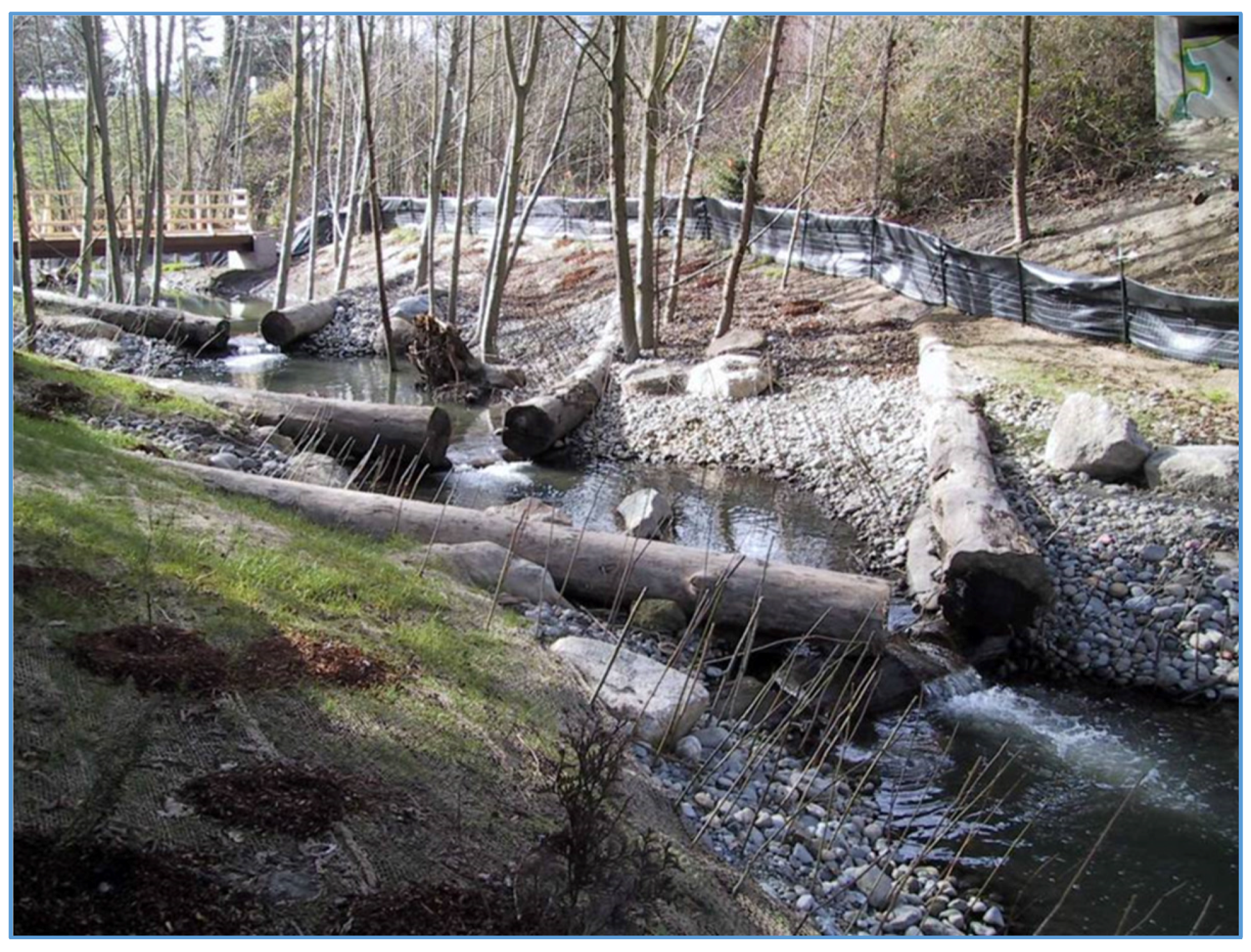

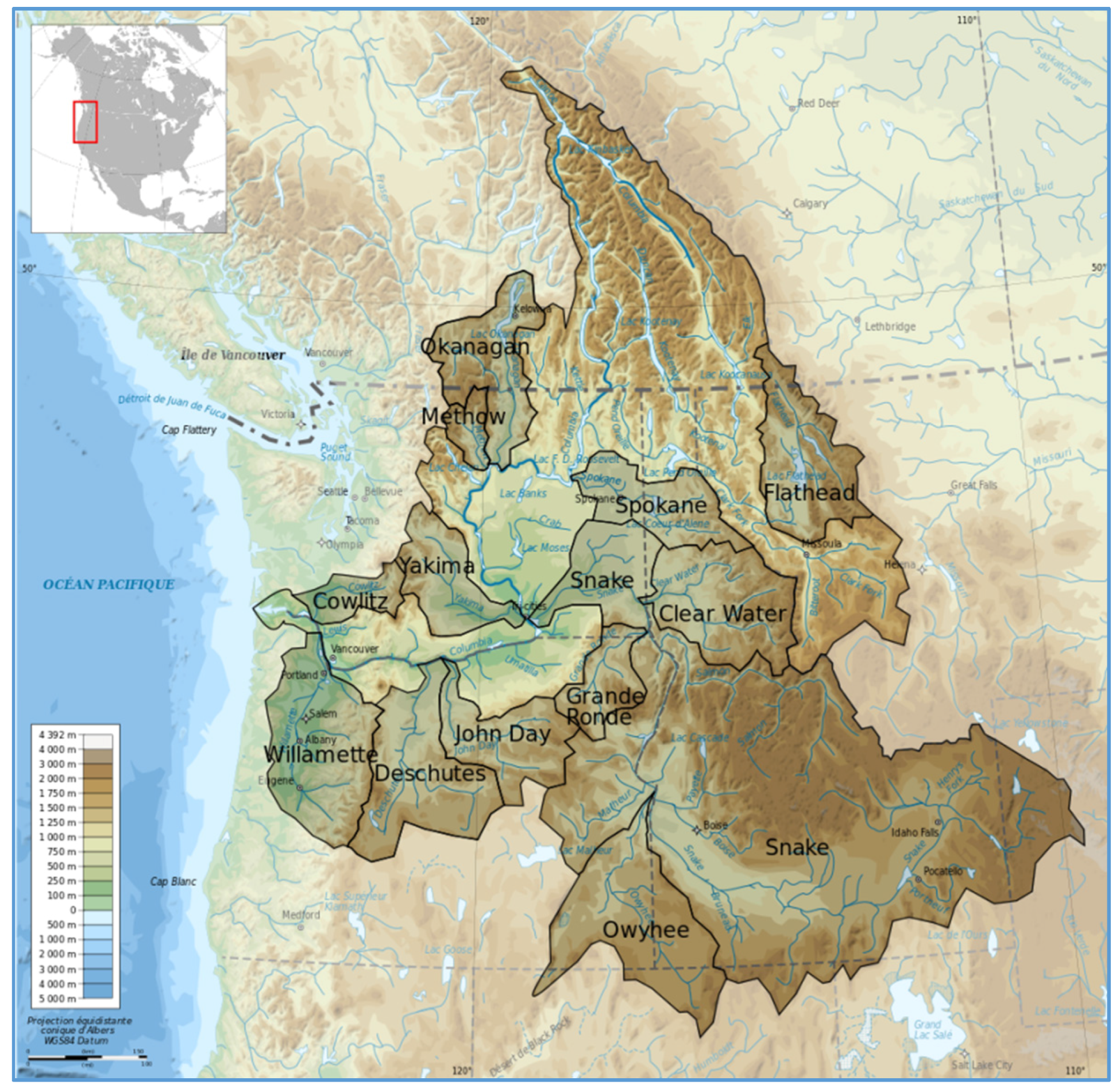
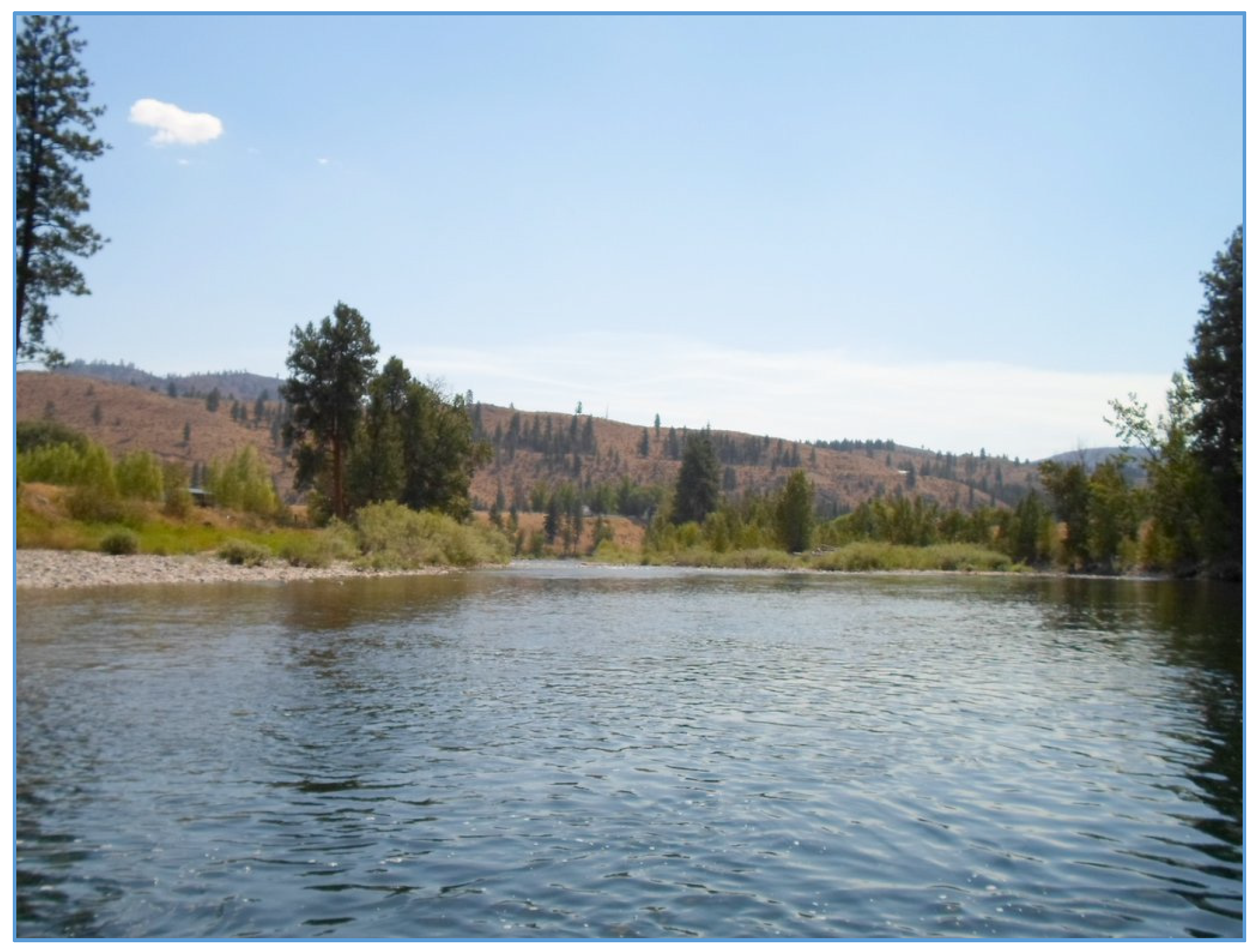
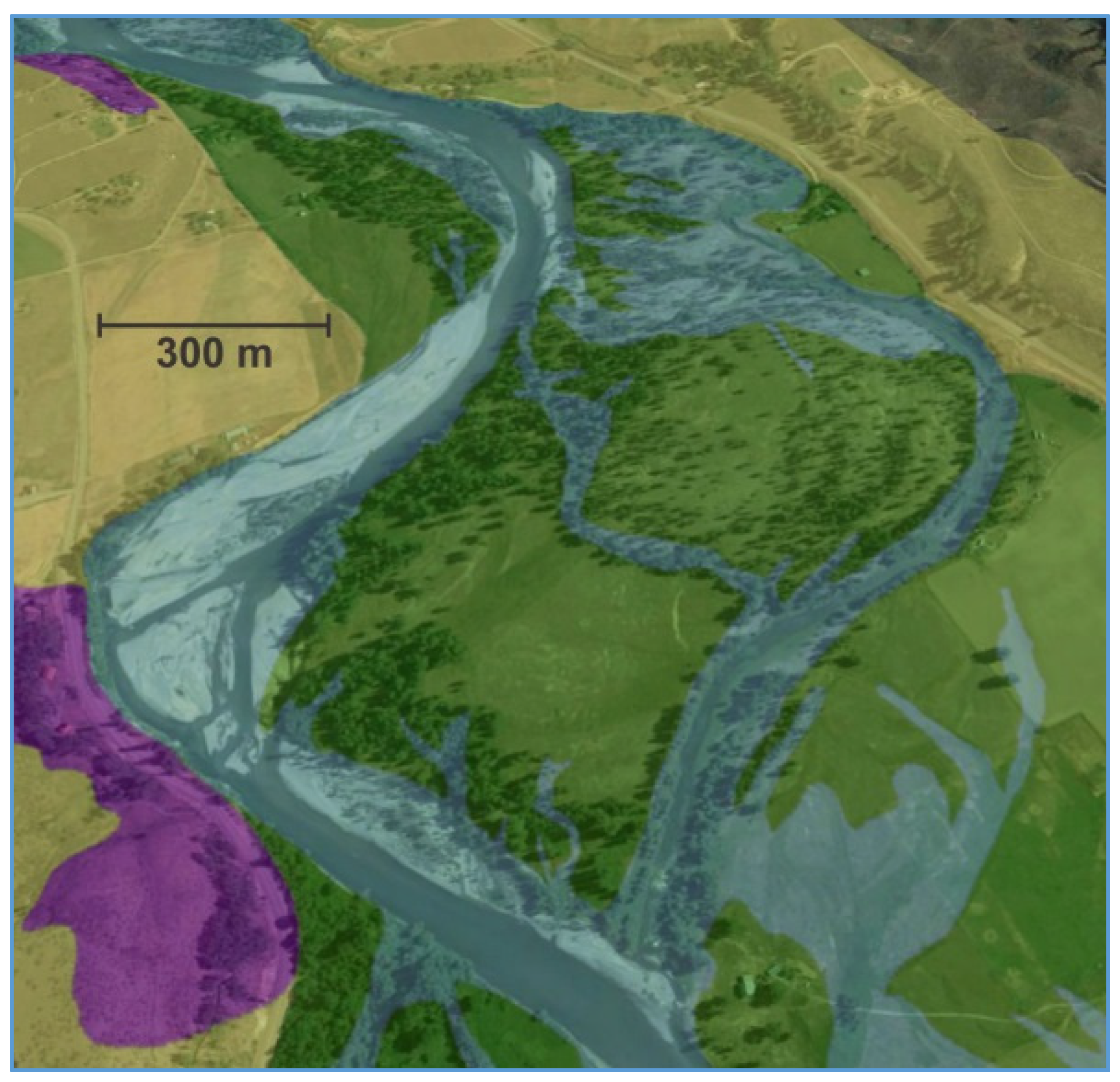


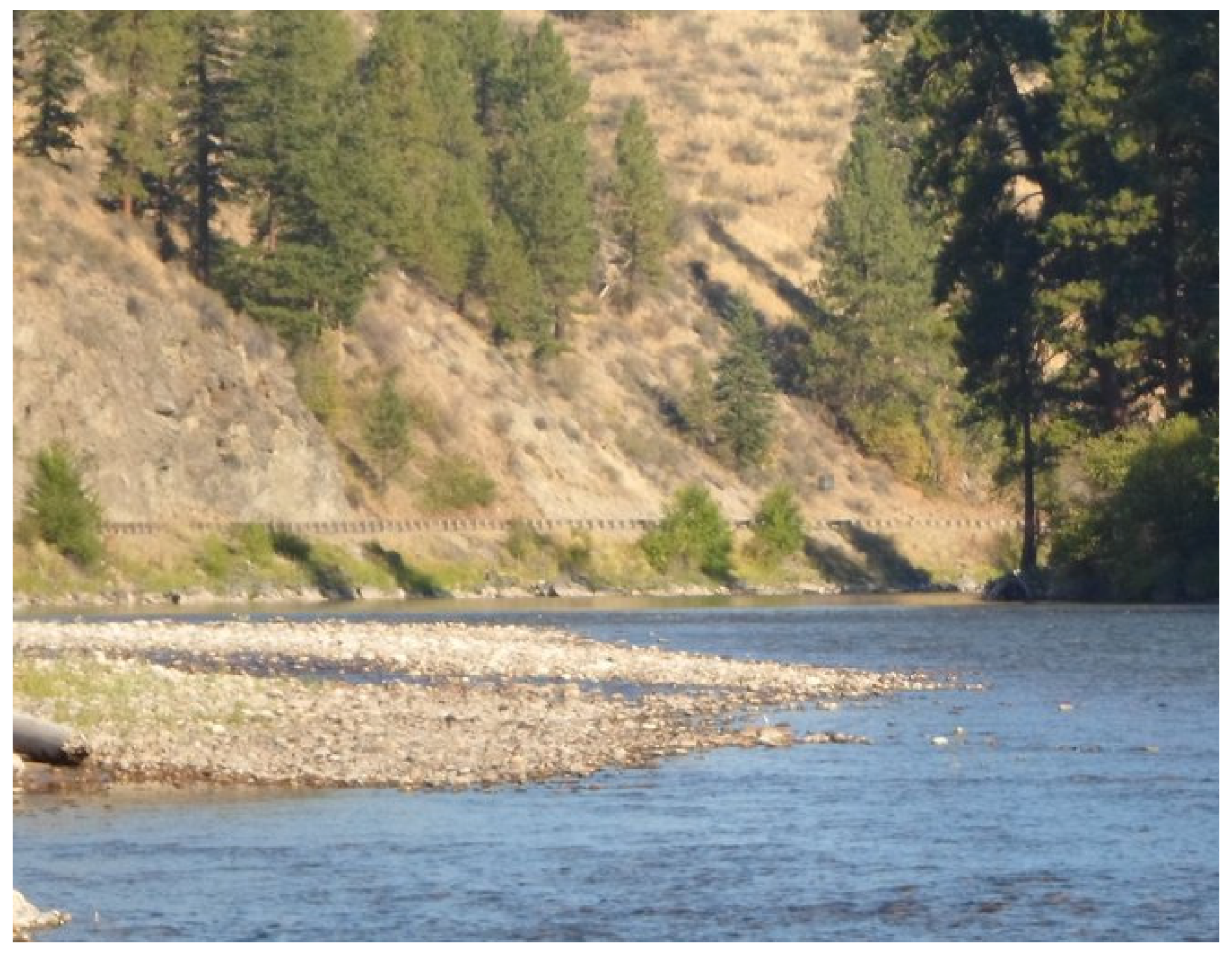

© 2016 by the authors; licensee MDPI, Basel, Switzerland. This article is an open access article distributed under the terms and conditions of the Creative Commons Attribution (CC-BY) license (http://creativecommons.org/licenses/by/4.0/).
Share and Cite
Booth, D.B.; Scholz, J.G.; Beechie, T.J.; Ralph, S.C. Integrating Limiting-Factors Analysis with Process-Based Restoration to Improve Recovery of Endangered Salmonids in the Pacific Northwest, USA. Water 2016, 8, 174. https://doi.org/10.3390/w8050174
Booth DB, Scholz JG, Beechie TJ, Ralph SC. Integrating Limiting-Factors Analysis with Process-Based Restoration to Improve Recovery of Endangered Salmonids in the Pacific Northwest, USA. Water. 2016; 8(5):174. https://doi.org/10.3390/w8050174
Chicago/Turabian StyleBooth, Derek B., Jenna G. Scholz, Timothy J. Beechie, and Stephen C. Ralph. 2016. "Integrating Limiting-Factors Analysis with Process-Based Restoration to Improve Recovery of Endangered Salmonids in the Pacific Northwest, USA" Water 8, no. 5: 174. https://doi.org/10.3390/w8050174





